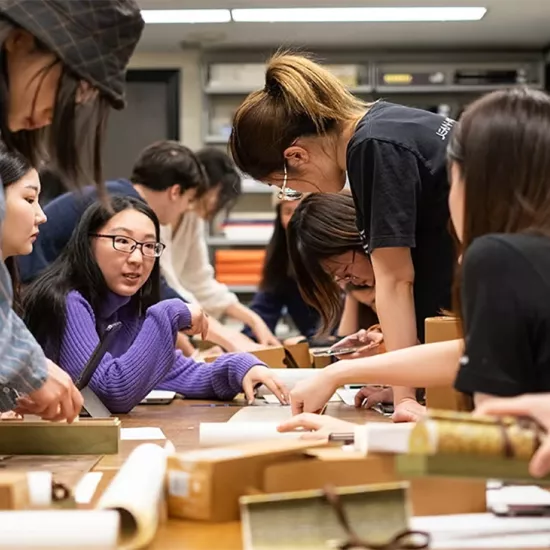Helping first responders heal themselves

Remembrance Day has come and gone for another year, sweeping along with it the usual discussions of post-traumatic stress disorder (PTSD), a common debilitating concern among veterans. Luckily for those veterans and first responders, stress- and health-related conditions like PTSD are top of mind all day, every day for Judith Andersen and Konstantinos Papazoglou.
Andersen, an experimental psychologist and an assistant professor in the Department of Psychology at U of T Mississauga, and Papazoglou, a PhD candidate and Vanier scholar she supervises, are busy exploring how first responders, such as police and emergency response teams, cope with the continued stress of their work.
“Stress can affect a person’s physical health and functioning, even if they are not diagnosed with PTSD,” said Andersen. “PTSD refers to a specific cluster of symptoms, but many other people suffer from stress-related health problems even without the condition.”
Her previous research, done in the United States, showed that young Iraq and Afghanistan war veterans with PTSD were exhibiting symptoms of heart disease and other ailments usually seen in much older people. This research led her to focus on the mind-body connection among first responders and other individuals exposed to trauma.
“We are now developing resilience and health interventions to help people who have experienced severe or chronic stress” said Andersen. “Evidence-based research shows that we can reduce mental and physical health symptoms associated with stress by applying positive psychological resilience techniques.”
The pair work in Andersen’s HART (Health Adaptation Research on Trauma) Lab, where they are developing training programs to address both the psychological and physiological aspects of stress to prevent its negative effects from blossoming into long-term health problems.
“We all need a robust stress response. When we face a threat, the body responds by going into fight-or-flight mode,” said Andersen. “This includes a host of physiological responses such as an increase in heart rate, digestion stops, blood flow changes, and we become less sensitive to pain. This is a normal and healthy response. However, with chronic stress this response may become disrupted and we may not be able to mount enough of a response, or the response is activated too often or we are unable to calm down afterward. All of these maladaptive responses can lead to health issues.”
Andersen and Papazoglou are able to show first responders how their bodies react to stress in the moment by using inexpensive equipment that displays their heart rate, respiration and other key physiological indicators.
“Many individuals need tangible data to believe and understand what is happening during stress,” said Papazoglou, who is a former police officer. “Using this simple equipment, they can instantly see their bodies’ reactions.”
“Our aim is to have this training incorporated into the curriculum for first responders.”
Given the portability of their equipment, the researchers offer a suite of interventions in field settings, such as mindfulness, breathing exercises and biofeedback. Some of the techniques improve physiological control and enhance job performance during stress and others help the body to return to a calm state following stress. Andersen states that by practicing these strategies for even 10 minutes day, adaptive responses to stress become more automatic, even during a traumatic incident.
“That’s why incorporating the physiological component to our stress management training is so important,” Andersen said.
She noted that it is important to recognize that although these interventions reduce the likelihood that mental and physical health conditions will occur following severe stress, there still are situations that may overwhelm a person.
“Even when the best proactive prevention trainings are practiced people do have limits and a breaking point. That is why a component of our training is focused on removing stigma against seeking counselling or other occupational assistance when it is needed,” she said.
This winter, Andersen and Papazoglou are launching a trial study of their interventions with first responders in Europe, to be followed by studies in Canada and the United States.
“Our goal is to show that this works, both with individuals who are new to the profession and those who have been out in the field for a long time,” said Andersen.



